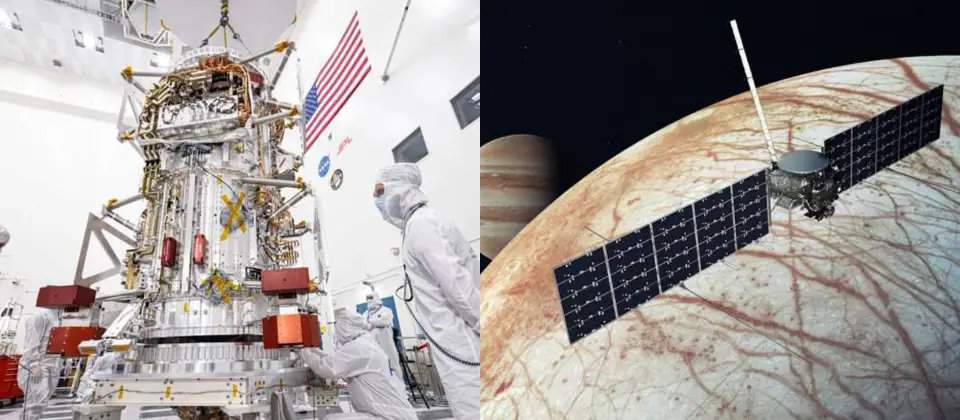The history of telescopes began centuries ago. The first known record of a telescope was traced back to the Netherlands in 1608. Historians revealed that a patent was filed by Middelburg eyeglass manufacturer, Hans Lippershey to the Dutch Parliament on October 2, 1608, for his unique eyeglasses.
Lippershey revealed that his glasses could possibly see things located far away as if they were much closer. A few weeks after the first patent was filed, another Dutch eyewear maker named Jacob Metius also filed a patent for a similar invention. However, the Dutch Parliament neglected to grant patents to both manufacturers as the knowledge of the device was not known at the time.
However, to compensate the first inventor, the Dutch government contracted Lippershey to make copies of his invention. The first Dutch telescopes comprised only a convex and a concave lens. However, telescopes made through this method could not invert the image as the early designs had only 3X Magnification.
The contract awarded to Lippershey made telescopes to be mass-produced in large quantities in the Netherlands. Its popularity quickly grew across Europe. As the Danish perspective of glass became more popular, Galileo Galilei learned about the invention.
History of Telescopes: The Invention of the First Astronomical Telescope
In 1609, Galileo built his own telescope for astronomical observation and also revolutionized the history of telescopes. He demonstrated the telescope in Venice and earned a lifetime lectureship from his demonstration. In January 1610, Galileo used his telescope to discover four moons of Jupiter.
He also saw many more stars in detail that are less visible when viewed with the naked eye. Galileo’s discovery was groundbreaking as changed almost everything people knew about astronomy at that time. The astronomer wrote a small book titled Sidereus Nuncius (The Sidereal Messenger) in which he described his discoveries in detail.
In 1611, Johannes Kepler, a German mathematician and astronomer discovered how to build a more useful telescope using a convex objective and a convex eyepiece lens. Kepler used his advanced knowledge of telescope to discover that the Earth and other planets within the solar system travel around the Sun in elliptical orbits.
He also created three fundamental laws of planetary motion. In 1655, Christiaan Huygens, a Dutch mathematician, physicist, engineer, astronomer, and inventor built a more sophisticated telescope with paired eyepieces. The highly talented theoretical and experimental scientists also developed theories of centrifugal force, the pendulum clock, and the wave theory of light.
In 1668, Isaac Newton designed the first ever reflecting telescope which consisted of a small diagonal plane mirror mostly used to reflect the light to an eyepiece connected to the edge of the glass. Newton’s invention revolutionized the way astronomers observe the cosmos.
The Era of More Advanced Telescope
In 1672, Laurent Cassegrain, a French Priest proposed the design for a reflector with a tiny convex secondary mirror reflecting light via the central hole of the primary mirror. The Cassegrain reflector is designed to make the parallel rays of light entering the telescope be reflected from a massive concave mirror pointing toward the focal point of that mirror, which is named the prime focus of the telescope.
In 1733, Chester Moore Hall, the English jurist and mathematician designed the achromatic lenses. These lenses helped to lower chromatic aberrations in the objective and enabled astronomers to use shorter and high-performing telescopes. However, Chester Moore Hall did not publish his invention.
In 1758, John Dollond discovered Hall’s invention and proceeded to produce them in mass using the achromatic lenses. Earlier in 1721, John Hadley, an English mathematician invented larger parabolic mirrors which led to the invention of the glass mirror silvering process in 1857 by a French physicist named Léon Foucault.
However, the application of this invention became a reality in 1932 when very durable aluminum coatings became applicable to the reflector. In 1910, the variant version of the Cassegrain reflector became part of the system. However, it remained not popularly accepted until after 1950.
The good news is that most modern telescopes including the powerful Hubble Space Telescope use this concept to get a wider field view than the regular classic Cassegrain telescope.
History of Telescopes: The Era of Radio Telescopes

When Karl Guthe Jansky accidentally discovered radio astronomical sources in 1931, the world embraced the era of radio telescopes and radio astronomy. At this point, the history of telescopes was already popular among scientists. Over the years, astronomers invented different types of telescopes to capture a wide range of wavelengths from radio to gamma rays.
In the 1960s the world embraced the era of space observatories to allow astronomers access to wavelengths that are not visible from the ground. These wavelengths include X-rays and the infrared with longer wavelengths. Space agencies have launched several space observatories.
But, NASA’s James Webb Space Telescope launched in December 2021 remained the most sophisticated space observatory ever built. It cost about $10 billion and took roughly 20 years to build. Currently, JWST is still studying the universe from the second Lagrange point (L2) between the Sun and Earth.
Conclusion
The invention of the telescope enabled astronomers to see the Universe beyond the naked eye. The brief history of telescopes described above will enable you to know how the astronomers built the first observatory centuries ago. In the future, we should be expecting more advanced telescopes to redefine the cosmos for us. Check out these best telescopes to buy for astrophotography. Note that when you purchase from our affiliate link, we stand the chance to earn a commission. Thank you for always supporting Future Space World.




